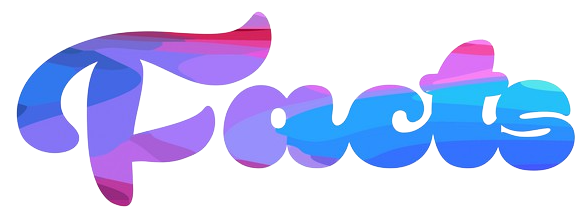Although it is hard to imagine now, there once was a time when adopting new software could take eons – more than just a few weeks, quarters, and sometimes even years. Adopting new software today has never been easier!
The past few decades have seen many evolutions and changes. Along with the software market’s changes, the methodologies behind making them sell have also been revised.
In the following paragraphs, we will demystify the popular Product-Led Growth strategy.
What is Product-Led Growth?
Simply put, product-led growth or PLG is a business methodology where product usage drives customer acquisition, retention, and expansion. This growth model relies on the value of a company’s product to enable them to attain rapid growth; all aspects of increasing revenue and scaling of the organization (i.e., user acquisition, expansion, conversion, and retention) are all driven primarily by the product itself.
To put it even more simply, PLG means the customer can try, buy, and renew with very little manual intervention. The product is conceptualized and designed so that the customer can swiftly come on board and continue using it.
Also, read 5 Mistakes Liquidation Business Owners Must Avoid
Why Is Product-Led Growth Important?
Studies indicate that the next decade will rapidly adopt product-led growth. It will transform how software is built and impact how businesses and organizations are built to sell and support them.
“Why, and how?” you ask. Well, let’s find out.
Product-Led growth systems create company-wide alignment across all teams, from engineering to sales and marketing. These teams revolve around the product as the largest source of sustainable, scalable business growth.
Thus, one of the major benefits of the product-led growth approach is that it quickly allows teams to receive in-product user behavioral data that can then be used to change or adapt the whole GTM process.
In other words, prospective customers’ behavior when interacting with the product early in the buying process could help your company make better decisions about what features to build next. Insights gained from these behaviors would allow you as a business to adjust your marketing messages.
Delivering more engaging and personalized customer experiences is a helpful strategy to adopt when hoping for results in higher loyalty, conversions, and revenue growth. These insights can also guide product teams to determine the most valued and successful features and can correspondingly help with ways to improve other features.
Organizations can become truly customer-experience-focused and provides a clear path for cross-functional teams to align around the buyer’s journey and full customer life cycle.
Separately, about operations, using product-led growth techniques means companies ultimately reduce their customer-acquisition cost, accelerate trial-to-conversions and increase customer lifetime value.
Also, read What Type Of Business Venture Is Cereal Partners Worldwide?
How to Make Full Use of PLG?
The average workflow that revolves around triaging an incident and then inferring the customer impact requires more than 8 tools – 8 separate tools and platforms to fully analyze the extent of an incident to better the product.
Data moving in and out of this complicated web of independent systems is likely to miss its stop, and understanding the impact of this data becomes an arduous task to the customer’s and/or user’s detriment.
While trying to manage data that moves across platforms for product analytics, DevOps tools, project trackers, collaboration channels, and others, it is not hard to see that gauging customer impact based on these independent teams is difficult, or at best, an incomplete picture.
So the important question to ask is — when it comes to managing customer relationships, would it be possible to break down organizational silos and bring the important systems around an incident under one roof? Fortunately, there is now a positive answer.
DevCRM is a platform that connects makers to their customers! Rooted in the belief in a truly product-led strategy, this platform is a system that empowers makers to build, operate, support, and grow their businesses by putting their customers at the very center.
Simply put, your product should be at the center of your GTM strategy and must feature in the center of the action plan for how your company acquires, retains, and grows customers. Having been adopted by almost every company selling a software product, PLG offers plenty of notable benefits. Letting your product do the talking directly has numerous advantages operationally and repositions the organization’s priorities to what truly matters – the product.
Gain the optimum product insights with DevCRM – Scale up today!
